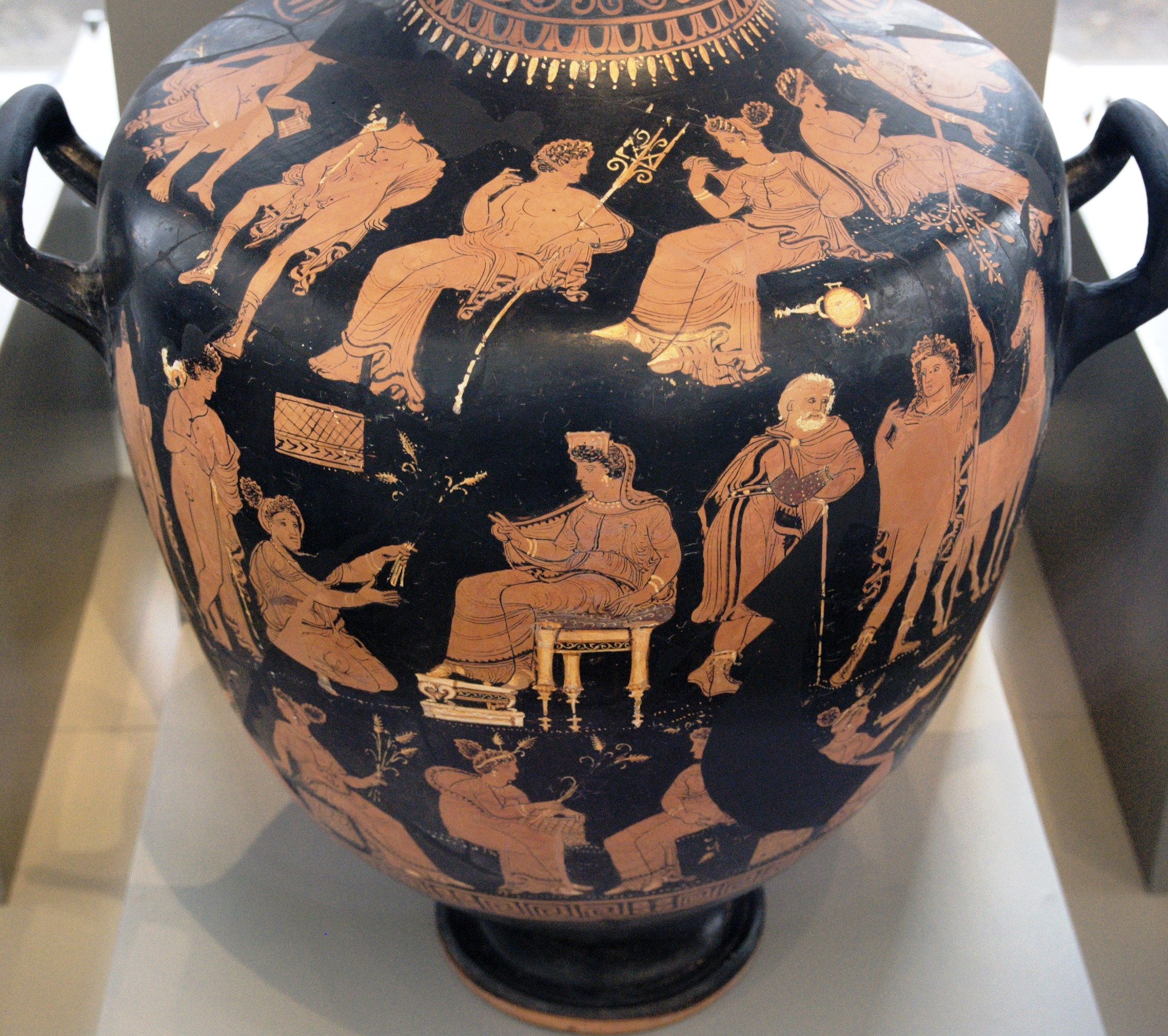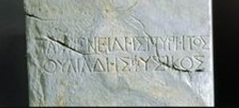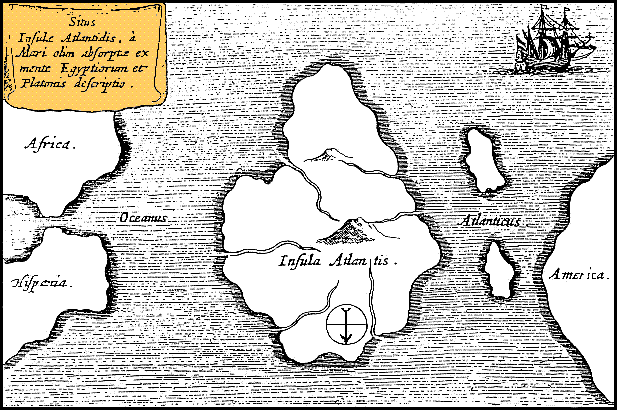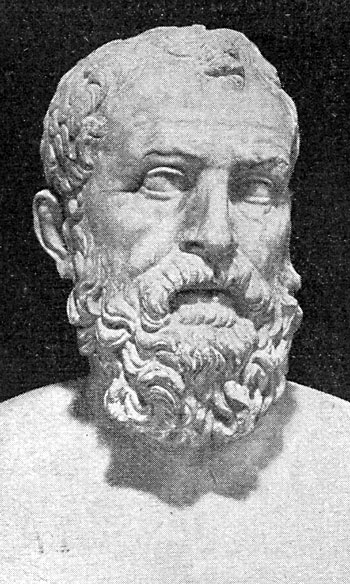|
Apophatism
Apophatic theology, also known as negative theology, is a form of theological thinking and religious practice which attempts to approach God, the Divine, by negation, to speak only in terms of what may not be said about the perfect goodness that is God. It forms a pair together with cataphatic theology, which approaches God or the Divine by affirmations or positive statements about what God ''is''. The apophatic tradition is often, though not always, allied with the approach of mysticism, which aims at the vision of God, the perception of the divine reality beyond the realm of ordinary perception. Etymology and definition "Apophatic", grc, ἀπόφασις (noun); from ἀπόφημι ''apophēmi'', meaning 'to deny'. From '' Online Etymology Dictionary'': ''Via negativa'' or ''via negationis'' (Latin), 'negative way' or 'by way of denial'. The negative way forms a pair together with the ''kataphatic'' or positive way. According to Deirdre Carabine, Origins and develo ... [...More Info...] [...Related Items...] OR: [Wikipedia] [Google] [Baidu] |
Theology
Theology is the systematic study of the nature of the divine and, more broadly, of religious belief. It is taught as an academic discipline, typically in universities and seminaries. It occupies itself with the unique content of analyzing the supernatural, but also deals with religious epistemology, asks and seeks to answer the question of revelation. Revelation pertains to the acceptance of God, gods, or deities, as not only transcendent or above the natural world, but also willing and able to interact with the natural world and, in particular, to reveal themselves to humankind. While theology has turned into a secular field , religious adherents still consider theology to be a discipline that helps them live and understand concepts such as life and love and that helps them lead lives of obedience to the deities they follow or worship. Theologians use various forms of analysis and argument ( experiential, philosophical, ethnographic, historical, and others) to help understa ... [...More Info...] [...Related Items...] OR: [Wikipedia] [Google] [Baidu] |
Hesychasm
Hesychasm (; Greek: Ησυχασμός) is a contemplative monastic tradition in the Eastern Orthodox Church in which stillness (''hēsychia'') is sought through uninterrupted Jesus prayer. While rooted in early Christian monasticism, it took its definitive form in the 14th century at Mount Athos. Etymology Hesychasm ( el, , Modern ) derives from the word ''hesychia'' (, ), meaning "stillness, rest, quiet, silence" and ''hesychazo'' ( ) "to keep stillness". Origins and development Metropolitan Kallistos Ware, a scholar of Eastern Orthodox theology, distinguishes five distinct usages of the term "hesychasm": # "solitary life", a sense, equivalent to "eremitical life", in which the term is used since the 4th century; # "the practice of inner prayer, aiming at union with God on a level beyond images, concepts and language"; # "the quest for such union through the Jesus Prayer"; # "a particular psychosomatic technique in combination with the Jesus Prayer", use of which technique ... [...More Info...] [...Related Items...] OR: [Wikipedia] [Google] [Baidu] |
Plato Silanion Musei Capitolini MC1377
Plato ( ; grc-gre, Πλάτων ; 428/427 or 424/423 – 348/347 BC) was a Greek philosopher born in Athens during the Classical period in Ancient Greece. He founded the Platonist school of thought and the Academy, the first institution of higher learning on the European continent. Along with his teacher, Socrates, and his student, Aristotle, Plato is a central figure in the history of Ancient Greek philosophy and the Western and Middle Eastern philosophies descended from it. He has also shaped religion and spirituality. The so-called neoplatonism of his interpreter Plotinus greatly influenced both Christianity (through Church Fathers such as Augustine) and Islamic philosophy (through e.g. Al-Farabi). In modern times, Friedrich Nietzsche diagnosed Western culture as growing in the shadow of Plato (famously calling Christianity "Platonism for the masses"), while Alfred North Whitehead famously said: "the safest general characterization of the European philosophical tradi ... [...More Info...] [...Related Items...] OR: [Wikipedia] [Google] [Baidu] |
Mystery Cults
Mystery religions, mystery cults, sacred mysteries or simply mysteries, were religious schools of the Greco-Roman world for which participation was reserved to initiates ''(mystai)''. The main characterization of this religion is the secrecy associated with the particulars of the initiation and the ritual practice, which may not be revealed to outsiders. The most famous mysteries of Greco-Roman antiquity were the Eleusinian Mysteries, which predated the Greek Dark Ages. The mystery schools flourished in Late Antiquity; Julian the Apostate in the mid 4th century is known to have been initiated into three distinct mystery schools—most notably the mithraists. Due to the secret nature of the school, and because the mystery religions of Late Antiquity were persecuted by the Christian Roman Empire from the 4th century, the details of these religious practices are derived from descriptions, imagery and cross-cultural studies. Much information on the Mysteries come from Marcus Terent ... [...More Info...] [...Related Items...] OR: [Wikipedia] [Google] [Baidu] |
Allegory Of The Cave
The Allegory of the Cave, or Plato's Cave, is an allegory presented by the Ancient Greece, Greek philosopher Plato in his work ''Republic (Plato), Republic'' (514a–520a) to compare "the effect of education (Wiktionary:παιδεία, παιδεία) and the lack of it on our physis, nature". It is written as a dialogue between Plato's brother Glaucon and his mentor Socrates, narrated by the latter. The allegory is presented after the analogy of the sun (508b–509c) and the analogy of the divided line (509d–511e). In the allegory "The Cave," Plato describes a group of people who have lived chained to the wall of a cave all their lives, facing a blank wall. The people watch shadows projected on the wall from objects passing in front of a fire behind them and give names to these shadows. The shadows are the prisoners' reality, but are not accurate representations of the real world. The shadows represent the fragment of reality that we can normally perceive through our senses, ... [...More Info...] [...Related Items...] OR: [Wikipedia] [Google] [Baidu] |
Parmenides
Parmenides of Elea (; grc-gre, Παρμενίδης ὁ Ἐλεάτης; ) was a pre-Socratic Greek philosopher from Elea in Magna Graecia. Parmenides was born in the Greek colony of Elea, from a wealthy and illustrious family. His dates are uncertain; according to doxographer Diogenes Laërtius, he flourished just before 500 BC, which would put his year of birth near 540 BC, but in the dialogue '' Parmenides'' Plato has him visiting Athens at the age of 65, when Socrates was a young man, c. 450 BC, which, if true, suggests a year of birth of c. 515 BC. He is thought to have been in his prime (or "floruit") around 475 BC. The single known work by Parmenides is a poem whose original title is unknown but which is often referred to as ''On Nature.'' Only fragments of it survive. In his poem, Parmenides prescribes two views of reality. The first, the Way of "Alethia" or truth, describes how all reality is one, change is impossible, and existence is timeless and uniform. The s ... [...More Info...] [...Related Items...] OR: [Wikipedia] [Google] [Baidu] |
Timaeus (dialogue)
''Timaeus'' (; grc-gre, Τίμαιος, Timaios, ) is one of Plato's dialogues, mostly in the form of long monologues given by Critias and Timaeus, written 360 BC. The work puts forward reasoning on the possible nature of the physical world and human beings and is followed by the dialogue ''Critias''. Participants in the dialogue include Socrates, Timaeus, Hermocrates, and Critias. Some scholars believe that it is not the Critias of the Thirty Tyrants who appears in this dialogue, but his grandfather, who is also named Critias. It has been suggested from some traditions (Diogenes Laertius (VIII 85) from Hermippus of Smyrna (3rd century BC) and Timon of Phlius ( 320 – 235 BC)) that ''Timaeus'' was influenced by a book about Pythagoras, written by Philolaus, although this assertion is generally considered false. Introduction The dialogue takes place the day after Socrates described his ideal state. In Plato's works, such a discussion occurs in the ''Republic''. Socrates fe ... [...More Info...] [...Related Items...] OR: [Wikipedia] [Google] [Baidu] |
Plato
Plato ( ; grc-gre, Πλάτων ; 428/427 or 424/423 – 348/347 BC) was a Greek philosopher born in Athens during the Classical period in Ancient Greece. He founded the Platonist school of thought and the Academy, the first institution of higher learning on the European continent. Along with his teacher, Socrates, and his student, Aristotle, Plato is a central figure in the history of Ancient Greek philosophy and the Western and Middle Eastern philosophies descended from it. He has also shaped religion and spirituality. The so-called neoplatonism of his interpreter Plotinus greatly influenced both Christianity (through Church Fathers such as Augustine) and Islamic philosophy (through e.g. Al-Farabi). In modern times, Friedrich Nietzsche diagnosed Western culture as growing in the shadow of Plato (famously calling Christianity "Platonism for the masses"), while Alfred North Whitehead famously said: "the safest general characterization of the European philosophical tra ... [...More Info...] [...Related Items...] OR: [Wikipedia] [Google] [Baidu] |







